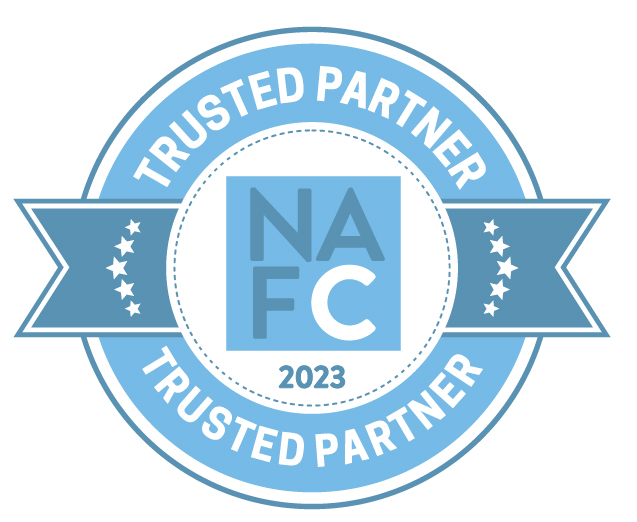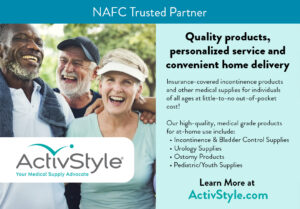Talking To Your Patients
Talking To Your Patients About Incontinence

With packed patient schedules and a limited time with each patient, it’s hard enough to treat the patient’s needs that they bring up or that are obvious.
So talking with your patients about Overactive Bladder may not be at the top of your list of things to cover. When you add to that the fact that for female patients, the average wait time between symptoms and getting a diagnosis for incontinence is more than 6 years, this is a topic that may never come up. But it must as incontinence can dramatically impact the quality of your patient’s life.
In fact, it may be that the patient is waiting for you to initiate the conversation. The thinking goes something like this: my need to urinate can’t be that big of a deal if my doctor has never asked me about it.
Sure, the thinking is flawed. But many patients forget that they know their bodies better than anyone, including their physicians. So they delay this conversation until the doctor brings it up.
Even though incontinence may cause patients to avoid activities, limit social interactions, and even struggle to get a good night’s sleep, too many sufferers write it off as an accepted fact of aging. Clearly it is not.
With the ball firmly in your court, there are some ways to ease into this topic. The first thing is to make sure that the patient understands that incontinence is treatable and is not something they need to just accept. Knowing that there is something that can be done can help knock down their resistance to talking about this taboo subject.
In fact, the more often you discuss the issue, the more comfortable your patients will feel about disclosing any problems they are experiencing. Sure, the first conversation may feel awkward, but with familiarity comes ease and incontinence can eventually be discussed more matter-of-factly.
In addition to making these discussions a regular part of the visit, helping your patient understand the variety of treatment methods available can ease their concerns as well. While surgery might be an option, there are many other paths available to explore first.
Some things you can use to break the ice:
- Commend your patient on their bravery to talk about this subject. Acknowledge how difficult this subject might be to bring up, without telling the patient how they should or should not feel. “Do not feel embarrassed” only causes more concern on their part.
- Like any other fact-finding questions you pose to your patients, be specific in order to allow for the patient to fill in the details.
- How often do you feel the uncontrollable urge to use the bathroom?
- Do you leak urine? If so, are there things that set it off?
- Does the need to use the bathroom cause you to wake during the night?
- How often does that happen?
- Does anything you are eating or drinking contribute to that?
You may wish to have your patient fill out a bladder or bowel diary over a certain period of time to help them identify their triggers and better assess their condition. Download the bladder diary or bowel diary, add your practice name to the top of the sheet, and print off copies to keep handy in your office.
Those who suffer from incontinence often do so in silence for many years prior to seeking help. This is unnecessary as there are many options to manage incontinence and help patients live full and active lives. Make it a point to discuss incontinence issues with your patients. For more information on available treatment options, check out the management section of our site.









